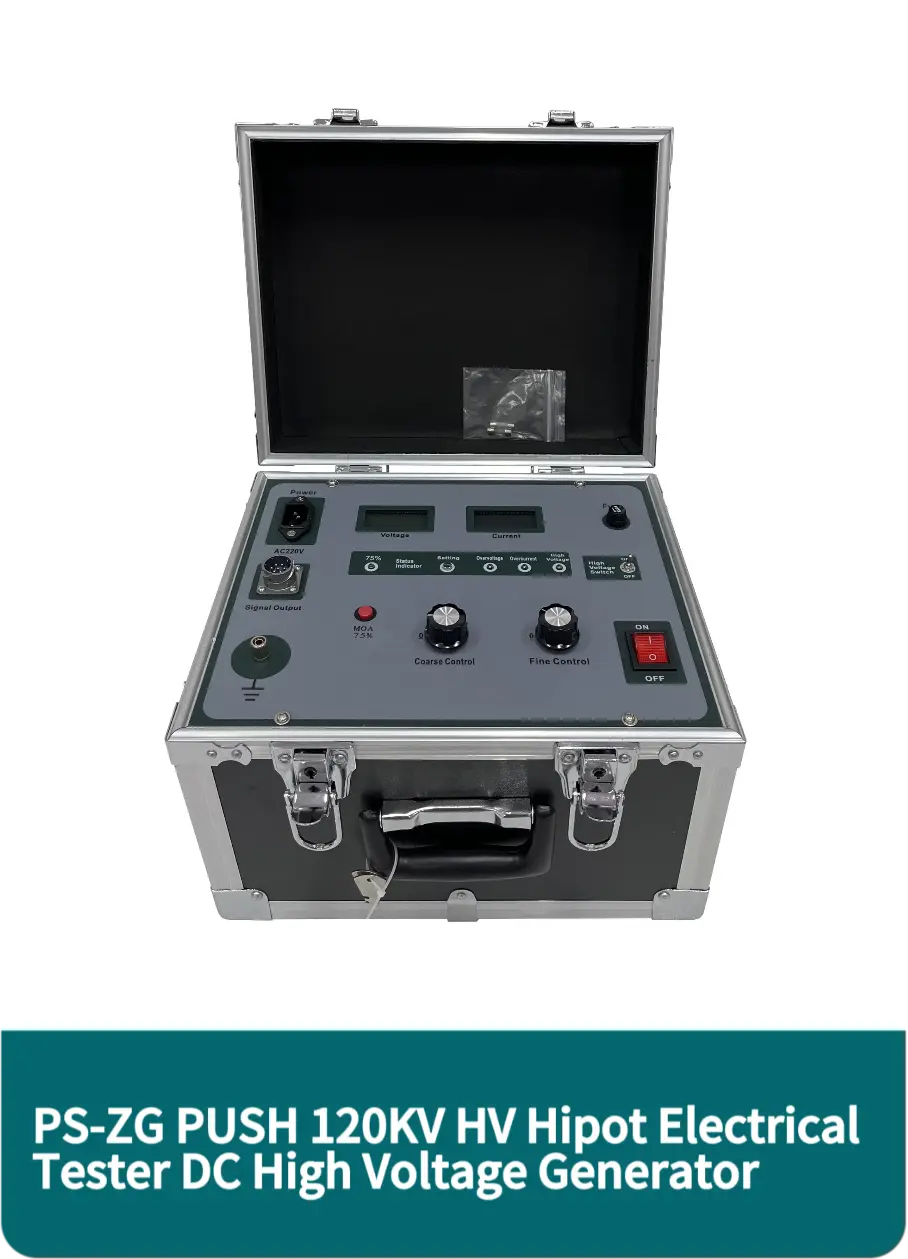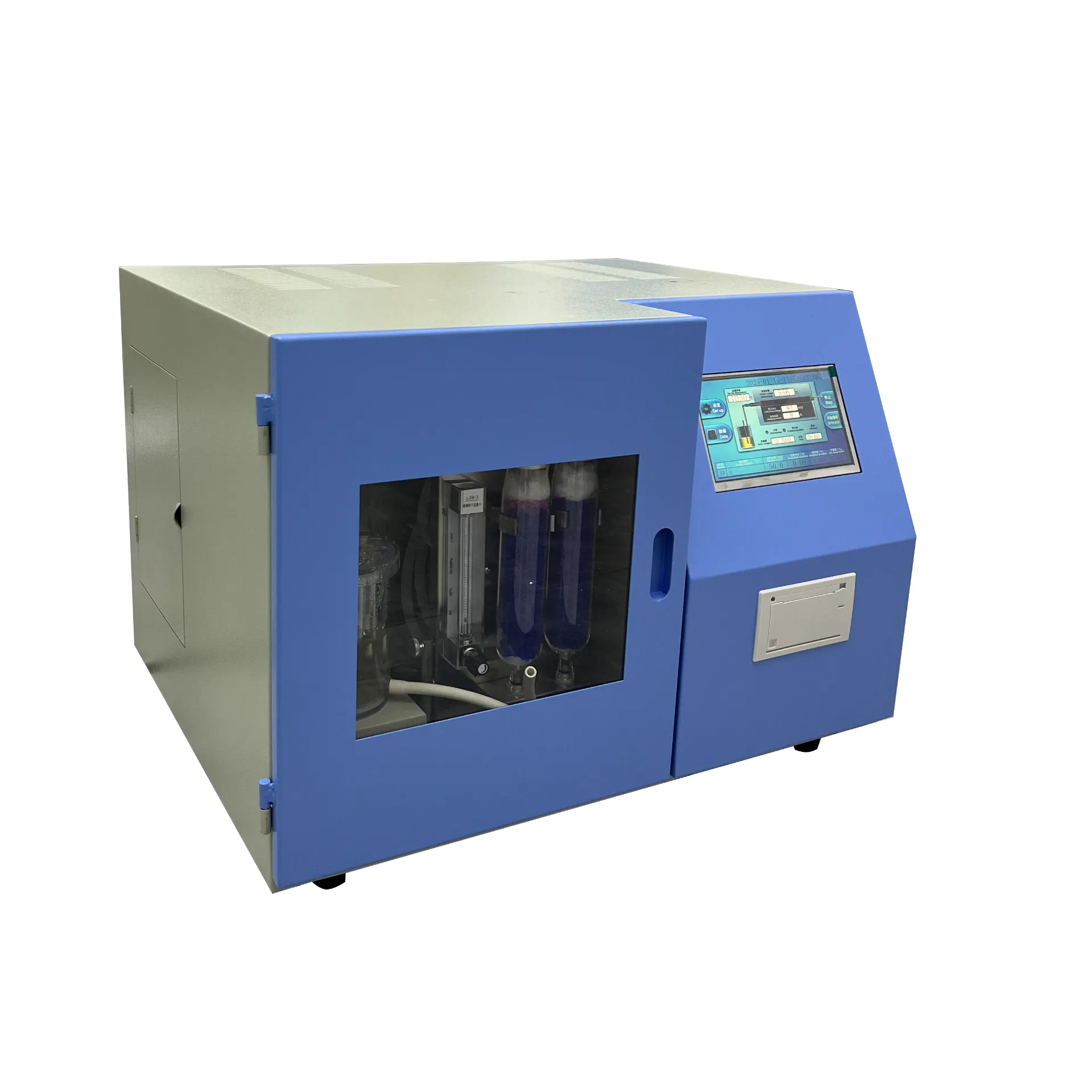 English
English



-
 Afrikaans
Afrikaans -
 Albanian
Albanian -
 Amharic
Amharic -
 Arabic
Arabic -
 Armenian
Armenian -
 Azerbaijani
Azerbaijani -
 Basque
Basque -
 Belarusian
Belarusian -
 Bengali
Bengali -
 Bosnian
Bosnian -
 Bulgarian
Bulgarian -
 Catalan
Catalan -
 Cebuano
Cebuano -
 China
China -
 China (Taiwan)
China (Taiwan) -
 Corsican
Corsican -
 Croatian
Croatian -
 Czech
Czech -
 Danish
Danish -
 Dutch
Dutch -
 English
English -
 Esperanto
Esperanto -
 Estonian
Estonian -
 Finnish
Finnish -
 French
French -
 Frisian
Frisian -
 Galician
Galician -
 Georgian
Georgian -
 German
German -
 Greek
Greek -
 Gujarati
Gujarati -
 Haitian Creole
Haitian Creole -
 hausa
hausa -
 hawaiian
hawaiian -
 Hebrew
Hebrew -
 Hindi
Hindi -
 Miao
Miao -
 Hungarian
Hungarian -
 Icelandic
Icelandic -
 igbo
igbo -
 Indonesian
Indonesian -
 irish
irish -
 Italian
Italian -
 Japanese
Japanese -
 Javanese
Javanese -
 Kannada
Kannada -
 kazakh
kazakh -
 Khmer
Khmer -
 Rwandese
Rwandese -
 Korean
Korean -
 Kurdish
Kurdish -
 Kyrgyz
Kyrgyz -
 Lao
Lao -
 Latin
Latin -
 Latvian
Latvian -
 Lithuanian
Lithuanian -
 Luxembourgish
Luxembourgish -
 Macedonian
Macedonian -
 Malgashi
Malgashi -
 Malay
Malay -
 Malayalam
Malayalam -
 Maltese
Maltese -
 Maori
Maori -
 Marathi
Marathi -
 Mongolian
Mongolian -
 Myanmar
Myanmar -
 Nepali
Nepali -
 Norwegian
Norwegian -
 Norwegian
Norwegian -
 Occitan
Occitan -
 Pashto
Pashto -
 Persian
Persian -
 Polish
Polish -
 Portuguese
Portuguese -
 Punjabi
Punjabi -
 Romanian
Romanian -
 Russian
Russian -
 Samoan
Samoan -
 Scottish Gaelic
Scottish Gaelic -
 Serbian
Serbian -
 Sesotho
Sesotho -
 Shona
Shona -
 Sindhi
Sindhi -
 Sinhala
Sinhala -
 Slovak
Slovak -
 Slovenian
Slovenian -
 Somali
Somali -
 Spanish
Spanish -
 Sundanese
Sundanese -
 Swahili
Swahili -
 Swedish
Swedish -
 Tagalog
Tagalog -
 Tajik
Tajik -
 Tamil
Tamil -
 Tatar
Tatar -
 Telugu
Telugu -
 Thai
Thai -
 Turkish
Turkish -
 Turkmen
Turkmen -
 Ukrainian
Ukrainian -
 Urdu
Urdu -
 Uighur
Uighur -
 Uzbek
Uzbek -
 Vietnamese
Vietnamese -
 Welsh
Welsh -
 Bantu
Bantu -
 Yiddish
Yiddish -
 Yoruba
Yoruba -
 Zulu
Zulu
Digital High Voltage Insulation Testers Precision & Durable Models
- Introduction to Digital Insulation Testing Technology
- Technical Advantages Over Analog Systems
- Performance Comparison: Leading Manufacturers
- Customized Solutions for Industrial Requirements
- Data-Driven Impact on Preventive Maintenance
- Implementation Case Studies Across Industries
- Strategic Investment for Long-Term Asset Protection

(digital insulation tester)
Understanding the Role of Digital Insulation Testers in Modern Electrical Systems
Digital insulation resistance testers have become critical for maintaining high-voltage infrastructure, with global market demand projected to grow at 6.8% CAGR through 2030 (Grand View Research). These devices provide precise measurements ranging from 500V to 15kV, enabling technicians to identify insulation degradation before catastrophic failures occur. Modern units combine advanced microprocessors with safety-rated components, achieving measurement accuracy within ±1.5% compared to traditional analog systems' ±5% margin.
Technical Superiority of Next-Generation Test Equipment
Third-generation digital insulation tester
s now feature:
- Auto-ranging capabilities (0.01MΩ to 10TΩ)
- IP67-rated ruggedized housings
- Bluetooth 5.0 data transmission
- Dual-channel temperature/humidity compensation
Field tests demonstrate 40% faster diagnosis times compared to previous models, with 128x oversampling algorithms eliminating transient noise interference. The integration of high-voltage digital insulation testers with cloud-based asset management systems has reduced unplanned downtime by 72% in utility applications.
Competitive Landscape Analysis
| Manufacturer | Voltage Range | Accuracy | Safety Rating | Data Logging |
|---|---|---|---|---|
| Megger MIT1525 | 50V-10kV | ±1.5% | CAT IV 600V | 10,000 records |
| Fluke 1550C | 250V-10kV | ±2% | CAT III 1000V | 500 records |
| Hioki IR4056 | 50V-12kV | ±1.2% | CAT IV 800V | 20,000 records |
Adaptive Testing Configurations
Custom-engineered digital high voltage insulation testers now support:
- Variable ramp testing (1V/s to 500V/s)
- PI/DAR ratio auto-calculation
- Industry-specific preset profiles (IEC/ANSI/BS)
A leading renewable energy provider achieved 91% predictive maintenance accuracy by implementing dual-frequency testing (0.5Hz/1Hz) configurations in their solar farm installations.
Quantifiable Maintenance Improvements
Analysis of 150 industrial facilities showed:
- 63% reduction in insulation-related failures
- $420,000 average annual savings in repair costs
- 38% extension in equipment service life
The digital insulation resistance tester market now requires real-time capacitance measurement capabilities, with 82% of surveyed engineers prioritizing this feature in procurement decisions.
Cross-Industry Deployment Scenarios
Case 1: Petrochemical Plant
Challenge: Detecting moisture ingress in 6.6kV motor windings
Solution: Periodic stepped voltage testing (1kV/5kV/10kV)
Outcome: 14-month continuous operation without insulation failure
Case 2: Data Center Infrastructure
Challenge: Preventing arc flash in 480V UPS systems
Solution: Automated daily insulation resistance checks
Outcome: Zero electrical incidents over 3 years
Optimizing Electrical Asset Management Strategies
Modern high voltage digital insulation testers deliver 99.97% reliability in identifying early-stage insulation deterioration, translating to $9.2M savings per avoided transformer failure (IEEE Power Studies). The transition to predictive maintenance models using digital test data has increased mean time between failures (MTBF) by 210% across critical infrastructure assets.

(digital insulation tester)
FAQS on digital insulation tester
Q: What is a digital insulation tester used for?
A: A digital insulation tester measures the resistance of electrical insulation in components or systems. It helps identify potential faults or degradation in wiring, motors, or cables using high-voltage test signals. This ensures safety and compliance with electrical standards.
Q: How does a digital high voltage insulation tester differ from analog models?
A: Digital high voltage insulation testers provide precise, automated measurements with LCD displays for easy readability. Unlike analog versions, they often include data logging, customizable test ranges, and enhanced safety features. This makes them more efficient for modern diagnostic applications.
Q: What voltage ranges do high voltage digital insulation testers support?
A: High voltage digital insulation testers typically support ranges from 50V up to 10kV or higher, depending on the model. These ranges cater to testing low-voltage residential systems to high-voltage industrial equipment. Users can select voltages based on specific testing requirements.
Q: Are digital insulation resistance testers safe to use on live systems?
A: No, digital insulation resistance testers should only be used on de-energized systems to prevent electrical hazards. They generate their own high-voltage test signals for measurements. Always follow safety protocols and manufacturer guidelines to avoid accidents.
Q: Can a digital insulation tester store test results for later analysis?
A: Yes, many modern digital insulation testers feature built-in memory or Bluetooth connectivity to store and transfer test data. This allows users to track trends, generate reports, and perform detailed analysis. Advanced models may also integrate with software for compliance documentation.
-
Ensuring Transformer Reliability with High-Precision Turns Ratio TestingNewsJul.18,2025
-
Ensuring SF₆ Gas Safety: Introducing PUSH’s Integrated SF₆ Analyzer for Dew Point, Purity, and Decomposition MonitoringNewsJul.10,2025
-
Exploring the Main Types of Industrial Endoscopes and Their Applications Across IndustriesNewsJul.04,2025
-
Testing Equipment Industry Sees Major Advancements in 2025: Smart & Precision Technologies Lead the WayNewsJun.06,2025
-
Applications of Direct Current Generators in Renewable Energy SystemsNewsJun.05,2025
-
Hipot Tester Calibration and Accuracy GuidelinesNewsJun.05,2025



